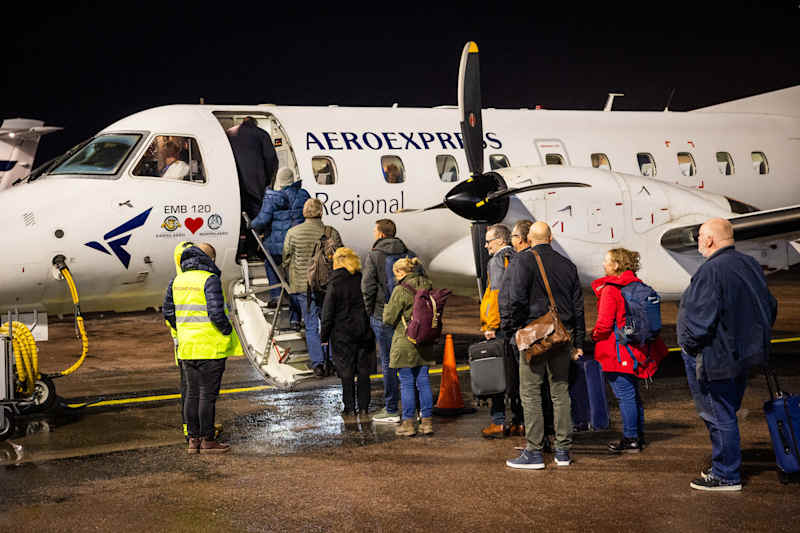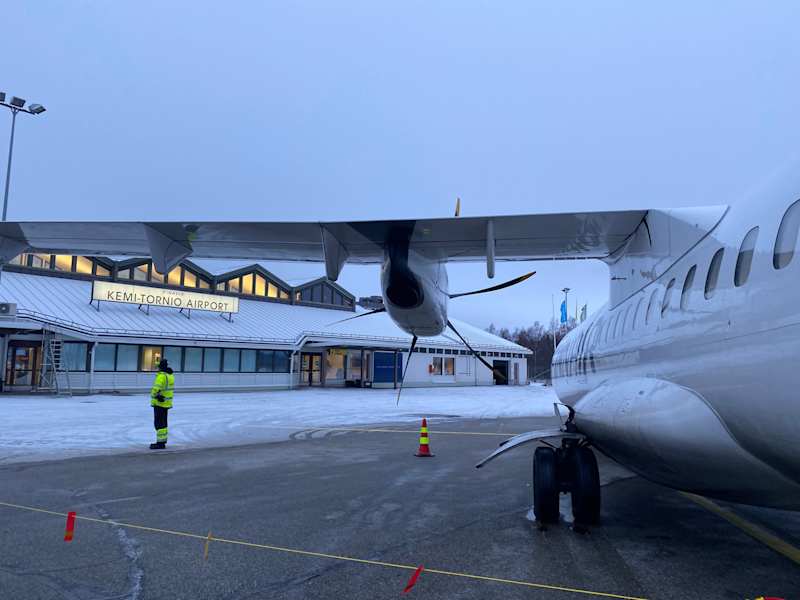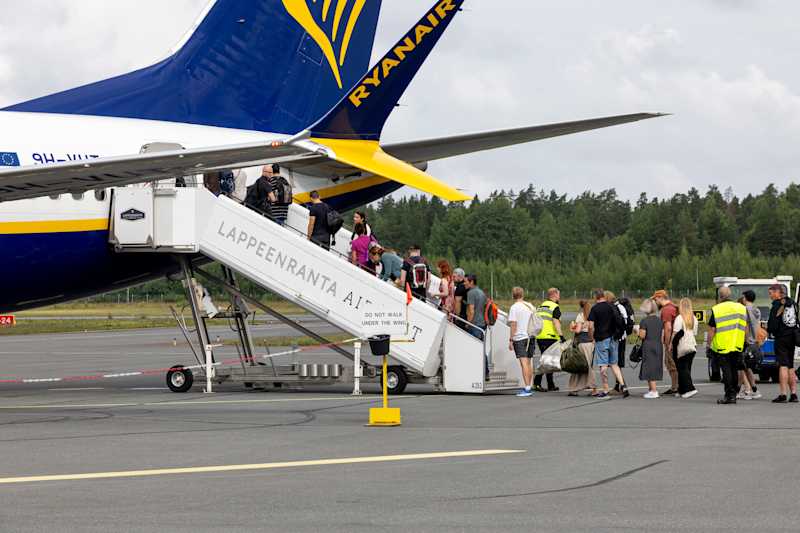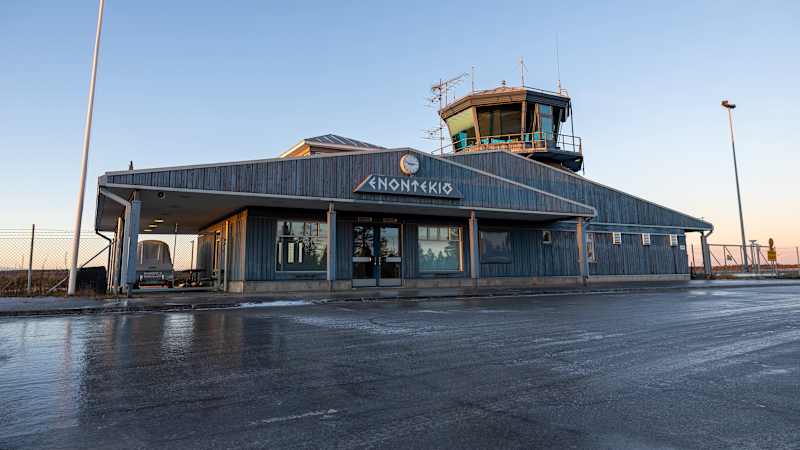State considers selling loss-making domestic airports – municipalities or even companies as buyers

The first thing the state would do would be to get rid of airports where flights are not profitable and the state has to buy scheduled services to them.
The network of state-owned domestic airports could be significantly smaller in the 2030s than it is today.
The Ministry of Transport and Communications is working with airport operators to establish a classification of airports of strategic national importance. The draft Transport 12 plan has been sent out for consultation.
Airports of national importance would remain under the responsibility of the state-owned airport company Finavia. Finavia could phase out the other airports after 2027.
– Previously, Finavia financed domestic airports with Helsinki-Vantaa’s revenues, but the international passenger flow to Helsinki-Vantaa has decreased significantly, which affects Finavia’s ability to cover the costs of the provincial airports.
The reduction of Finavia’s airport network is part of the update of the Liikenne 12 plan. The ministry expects the discussion on air traffic purchases and the airport network to be ramped up no later than in the spring, when the plans are discussed in the government’s mid-term meeting.
Air traffic recovered last year and Finavia’s turnover rose to 390 million euros, compared to 360 million euros in 2023. The losses of the provincial courts are the company’s stumbling block.
It is especially about the future of the fields in Joensuu, Jyväskylä, Kajaani, Kemi–Tornio, Kokkola–Pietarsaari, Pori and Savonlinna.
The state buys flights to these airports for tens of millions of euros. In addition, Finavia incurs a loss of around 20 million euros from the maintenance of these airports.
Transport advisor Kaisa Kuukasjärvi of the Ministry of Transport and Communications says that the forecast of the future development of the airport’s passenger numbers will affect whether the airport will be included in the network of nationally important airports.

Domestic airports for companies and municipalities
Fields outside the Finavia network would not necessarily cease to operate if, for example, the provinces continued to maintain them.
Companies could also be founded to continue the operation of the fields, in which case tourism companies, provinces and cities in the region could become the owners.
Mäki reminds that, for example, the fields in Lappeenranta and Enontekiö already operate under municipal ownership.
– We take a lot of models from Sweden, where solutions of this type have already been made before, says Kaisa Kuukasjärvi.

For airports to be rehabilitated or privatized, the state is prepared to pay a temporary state subsidy, so that the new airport operators can make the traffic profitable on market terms.
By bus, train and flight to Helsinki-Vantaa
If direct flights to Helsinki–Vantaa from any airport end, the purpose is to ensure connections with other means of transport to the nearest larger airport.
It’s about a big change in domestic travel.
Finavia’s CEO Kimmo Mäki says that the current operating model of air transport, where each airport flies directly to Helsinki–Vantaa, has slowed down the emergence of different travel chains.
– It is good that both the EU and Finland are considering how digitization could be used to improve the opportunities for the creation of travel chains, says Mäki.
For example, trips made by taxis, buses, trains and even taxi flights could be combined on one ticket.
It would mean that, for example, there could be a replacement connection from Kemi to Oulu, from where the journey would continue by flying to Helsinki–Vantaa.
– Traffic is concentrated, and through that, passengers get on the planes and market-based traffic develops.

Private airport company interested in airports
The transfer of airports to private ownership is not exceptional in Europe.
According to ACI Europe, which represents European airports, up to 40 percent of European airports have private shareholders, and the proportion is slowly increasing every year.
Finavia’s plans for the privatization of some fields are of interest to the Redstone Aero company, which owns the airport in Pyhtää in Kymenlaakso.
The company has submitted a purchase offer for Enontekiö airport and is negotiating on developing the operations of Iisalmi and Hanko airports to be suitable for taxi air traffic.
According to Korjula, the company would be able to operate the fields more efficiently than at present with the help of new technology.
– Remote air traffic control would enable the fields to be open almost around the clock, while they currently only operate when a scheduled aircraft arrives, says Korjula.
